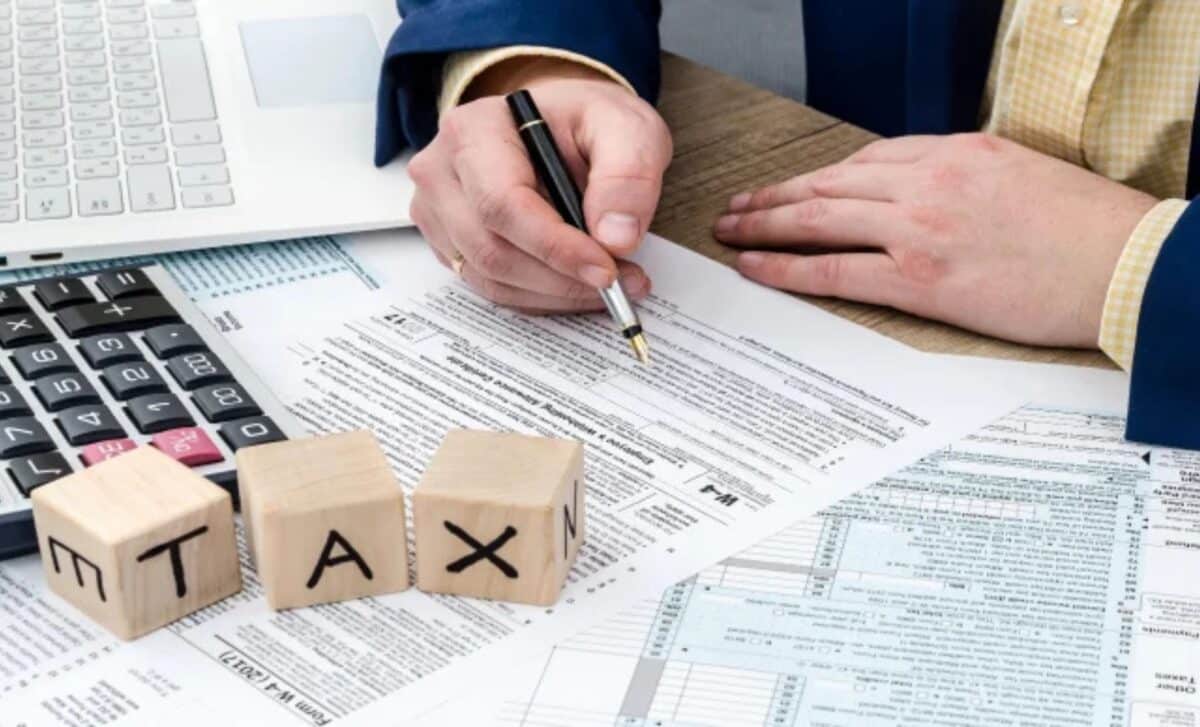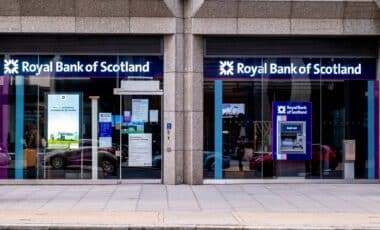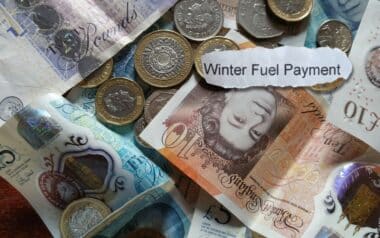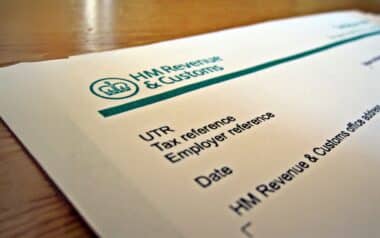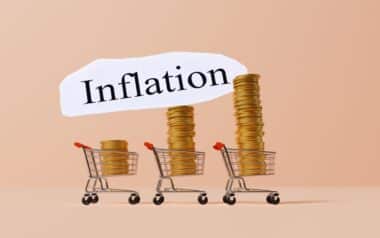Households could see their tax-free personal allowance rise to £13,830 if they qualify for the Marriage Allowance scheme. As reported in a recent update by Express.co.uk, this change offers married couples and civil partners a significant financial benefit through backdated claims, allowing them to potentially access up to £1,258 in tax rebates for past years. This provision is especially valuable for couples where one partner earns below the personal allowance threshold, and the other is a basic-rate taxpayer.
The Marriage Allowance scheme allows the lower-earning partner to transfer part of their personal allowance to their spouse or civil partner, helping them reduce their tax burden. This article breaks down how the process works, eligibility requirements, and how to apply for backdated claims before the rapidly approaching deadline.
How the Marriage Allowance Scheme Works
The Marriage Allowance scheme lets married couples or civil partners transfer up to £1,260 of the personal allowance from the lower-earning partner to the higher-earning one. This transfer results in a £252 reduction in tax for the higher earner. For the 2024-25 tax year, the personal allowance remains at £12,570, meaning any income below that amount is tax-free.
Under the scheme, the lower-earning partner must not be earning more than £12,570—the personal allowance threshold for the tax year—while the higher earner must earn between £12,570 and £50,270. Those who earn over £50,270 cannot apply for the allowance.
For example, if the lower earner is no longer working or has taken a career break (perhaps for childcare), they may transfer part of their unused allowance to the higher earner, reducing their tax bill. This scheme provides immediate relief in the form of lower tax payments and can help households manage their finances better.
Backdating Your Claim for Tax Rebates
Couples may also be able to backdate claims for the Marriage Allowance to receive tax rebates from previous tax years. You can backdate your claim for up to four tax years, potentially unlocking £1,258 in total tax savings. The backdating option is available for tax years 2019-2020, 2020-2021, 2021-2022, and 2022-2023. The government will then adjust your tax code and issue the refund.
However, there is an important deadline to be aware of: If you want to claim for the 2020-2021 tax year, you must submit your claim before April 6, 2025. After this date, you will no longer be able to backdate your claim for that specific year, meaning you could lose out on valuable rebates.
The 2020-2021 tax year is the last year you can claim backdated Marriage Allowance for, and those who miss the deadline will not be able to benefit from the £252 reduction for that period.
Eligibility for the Marriage Allowance Scheme
To qualify for the Marriage Allowance, the couple must meet the following criteria:
- One partner must earn below £12,570 (the personal allowance limit) for the year you’re claiming for.
- The other partner must earn between £12,570 and £50,270 (after pension contributions are deducted) and be liable to pay tax.
- You must be either married or in a civil partnership.
- The lower-earning partner cannot be paying tax, as they need to transfer some of their unused personal allowance to the higher earner.
It’s essential to understand that the scheme is only available to couples who do not have an income high enough to exhaust their full personal allowance. If both partners are earning above the personal allowance threshold, they cannot participate in the Marriage Allowance scheme.
Why You Should Apply Now
With £1,258 in potential rebates up for grabs, the Marriage Allowance scheme is an excellent opportunity for married couples and civil partners to increase their tax-free allowance and reduce their overall tax bill. If you haven’t already claimed for previous tax years, now is the time to act.
It’s also important to remember that the personal allowance has remained frozen at £12,570 for several years and is set to stay the same until 2028. As wages rise in line with inflation, more and more individuals will find themselves paying tax on their earnings due to fiscal drag. This makes maximising your tax-free allowance even more important, especially if you’re looking for ways to reduce your taxable income.

